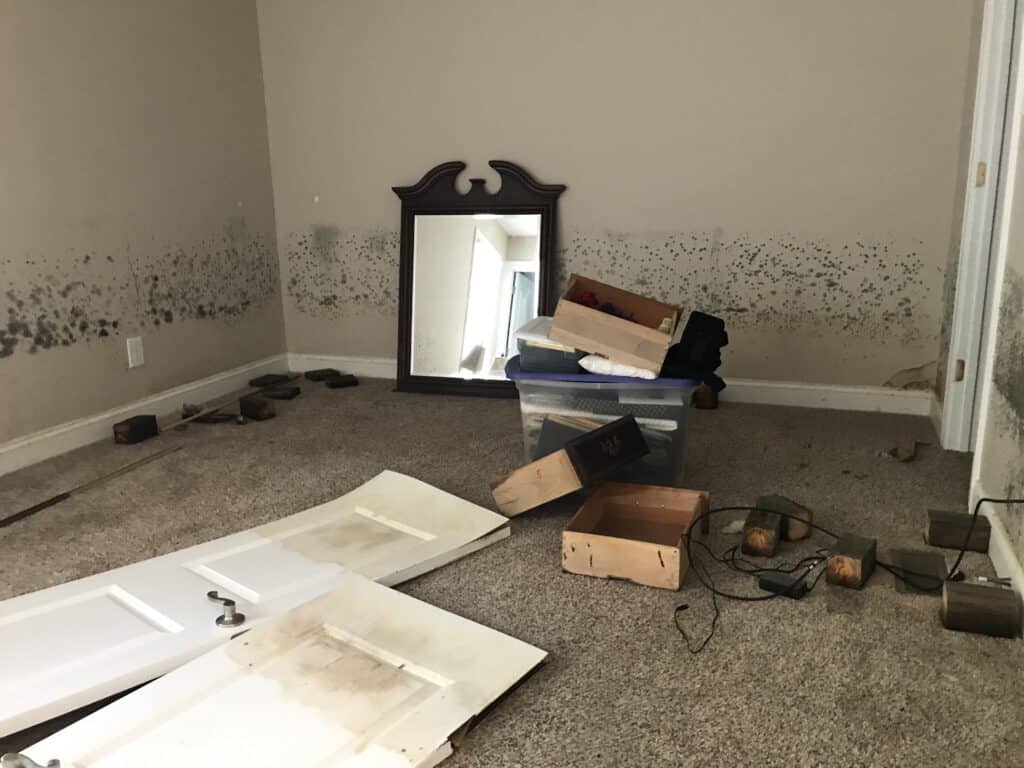J. Riley’s 6 Storm Restoration Tips
Weather conditions can change suddenly and can cause damage to your home as fast as they roll in. Severe weather can cause immediate or delayed structural and cosmetic damage to your property. This article will cover our 6 Storm Restoration Tips for homeowners. Storm Restoration services are absolutely essential to maintaining the integrity, safety, and appearance of your home after it’s experienced any weather related damage.
Weather severe enough to cause damage does not necessarily have to be a catastrophic weather event. Recovering and even identifying storm damage can be challenging.
Before performing any inspection for damage in any situation, please make sure that you are considering your safety.
- Keep an eye out for possible hazards such as excess water, damaged electrical plugs, any broken materials, and even exposed nails.
- Broken or damaged power lines are most likely still live and are especially dangerous. Do not under any circumstances attempt to move or arrange these and allow a restoration professional to take care of them.
- You should always notify your gas company and any authorized professionals to help ensure your safety as well.
Our 6 Storm Restoration Tips:
- Hiring a Professional Storm Restoration Contractor: To get your restoration work done the right way, it is essential to hire a local, professional, trusted, and experienced storm restoration contractor. Your expert contractor will estimate your damage, provide you with a restoration plan, fix your home and help give you back peace of mind about the integrity of your home.

Check your contractor’s certifications and ask about any guarantee they offer. The risk of poor or incomplete restoration work can put your family’s health at risk, so be careful when choosing the right restoration service provider.
2. Get Help With Your Insurance Claim: Your restoration contractor should help you with quick restoration by giving a proper estimation of the damage and restoration work that needs to be done, and helping you work with your home insurance company. You should notify your insurance company in writing of any suspected damages.
3. Assessing The Damage (Even Hidden): If you can, assist professionals in assessing the damage caused to different parts of your house. Your contractor will know where to look to find often hidden or non-easily observable damage as well.
4. Giving The Entire Property a Look:
Your roof is the most susceptible to damage. It’s the main piece of your home that serves to protect you from weather. Your restoration contractor should begin by examining your roof for:
- Missing, loose, or damaged shingles
- Damage to flashing
- Holes in the roofing or flashing area
- Cracks and broken lines
- Leakage and water damage
- Dents in the gutter
- Damage caused to doors and window panes
- Missing paint, broken siding/bricks

5. Prevention of Mold / Mildew: You should absolutely try and have any possible storm damage seen by a local and certified contractor as soon as possible. Allowing problems to linger or not catching problems without an expert eye, can produce enormous amounts of problems and safety issues for your family in the future. Allowing a contactor to address the problem area will help free your house from having unwanted and uncontrollable growth of destructive and dangerous mold. Mold can and most likely will destroy household items, structural integrity, and most importantly also cause health issues such as asthma, headaches, or worse.
6. Working With Your Homeowner’s Insurance: You should always immediately notify your insurance company in writing regarding any suspected or observable damage to your home. Your agent should be able to assist you in the necessary steps for you to begin your claim process. Your insurance agent should be in contact and be able to coordinate the needed storm restoration work with your contractor.
Quick Tips to Remember:
- You should (if you are able to safely) collect images of any damage or suspected damage to show to your insurance agent.
- Take a look at your insurance agreement and terms again and check what things may or may not be covered.
- When in doubt, give your contractor a call for a free inspection.
Final Advice:
We know it’s a stressful time when there may have been severe weather related storm damage to your home. It’s important to remember, that it doesn’t always take severe weather to damage your home. If you believe there may be damage to the integrity of your home, you should always give a local storm restoration expert a call so they can provide you with a free inspection. If you have to deal with storm damage in Central Ohio, choosing a local and certified contractor is important. J. Riley Company is a local, family owned, and certified storm damage restoration expert. We’ll take care of your home like it’s our own.
Give us a call and we can schedule a free inspection and estimate today!
